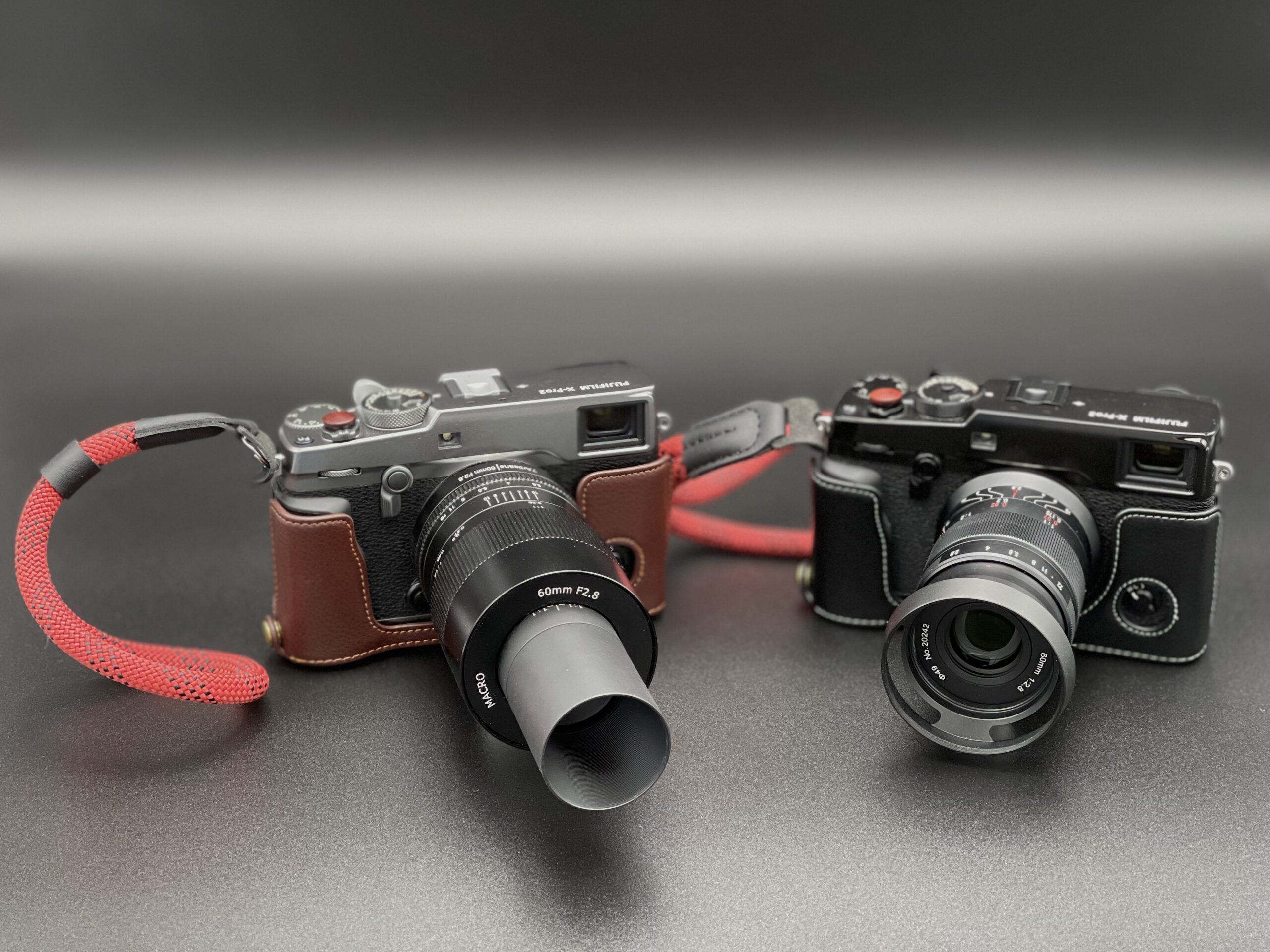
Last year in the middle of the Corona Epidemic when “staying home” has been our slogan and life style, I bought the 7Artisans 60mm f2.8 Macro. A manual Macro lens designed and made in China. I used this lens a lot in the garden and got very close to many flowers. I also used it as a telephoto lens in normal shooting condition. Honestly, I was really impressed by the image quality in all shooting situations. Resolution, sharpness in details and wonderful color rendering at a high level. All this packed in a well built metal housing. Please see my sample pictures of the 7Artisans 60mm f2.8 Macro.
Having this great experience in mind, I was very excited when I got the opportunity by 7Artisans to order one of the first produced new 7Artisans 60mm f2.8 Macro MK II lenses. After unboxing the new lens and some exciting first test shots that again have proven a very high optical quality, I decided to perform a direct comparison of the great MK I to the new MK II lens.
Test Setup
To perform this comparison I made the decision not to walk into the nature and getting close to some flowers. I worked again with my self designed testing landscape I produced for my 35mm third-party lens comparison for Fujifilm FX mount.
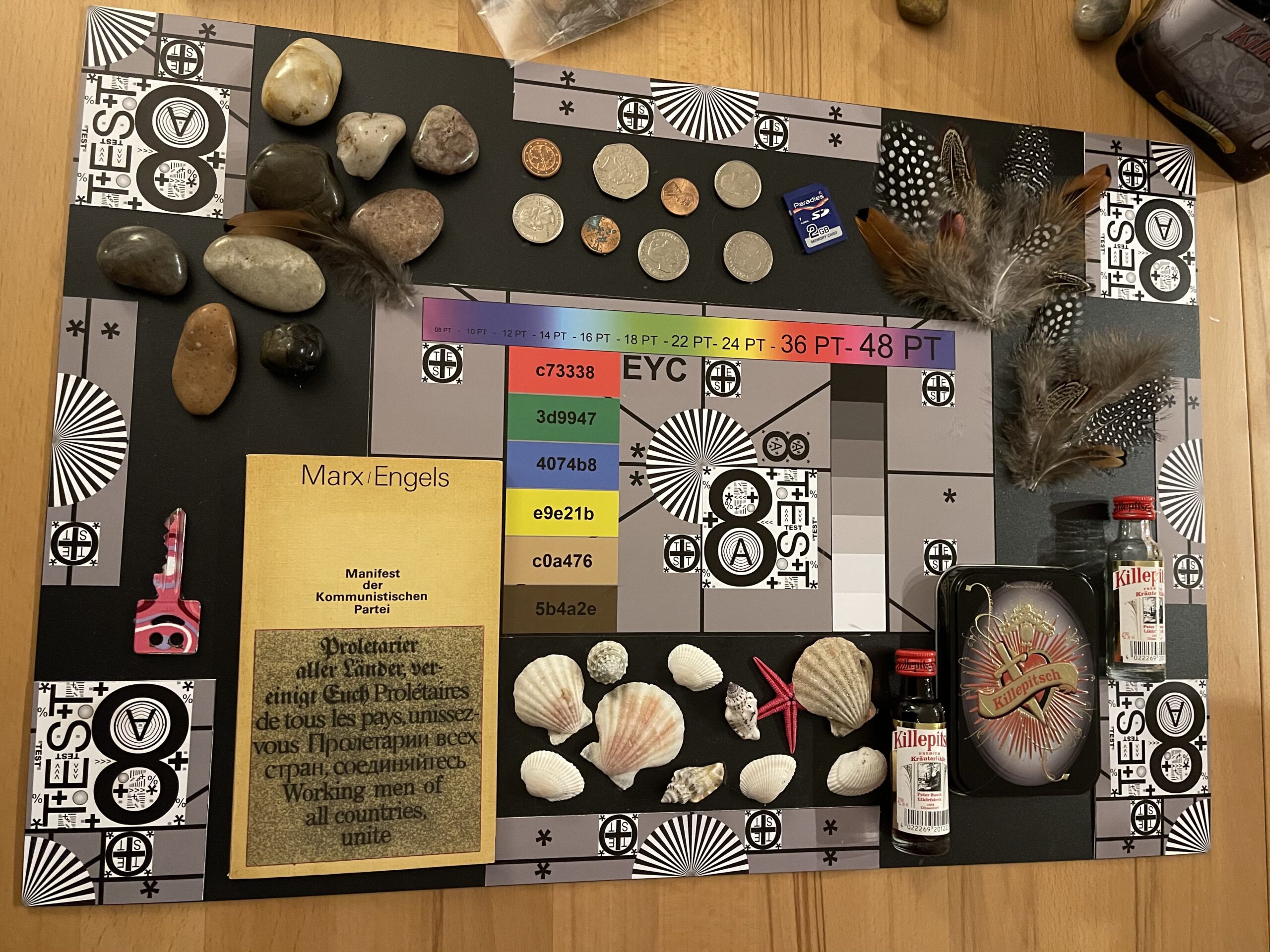
Comparison pictures
This are the macro pictures I took, out of the hand, from the test landscape with the 7Artisans 60mm f2.8 Macro MK I lens on the left and the new 7Artisans 60mm f2.8 Macro MK II lens on the right. Both lenses were mounted on one of my Fujifilm X-PRO2 bodies, using perfectly the same settings. I placed my test setup in my light box to have a perfect illumination of the full surface. Please have a close look and make up your own mind. If you agree or disagree to my findings please feel free to leave me a comment.
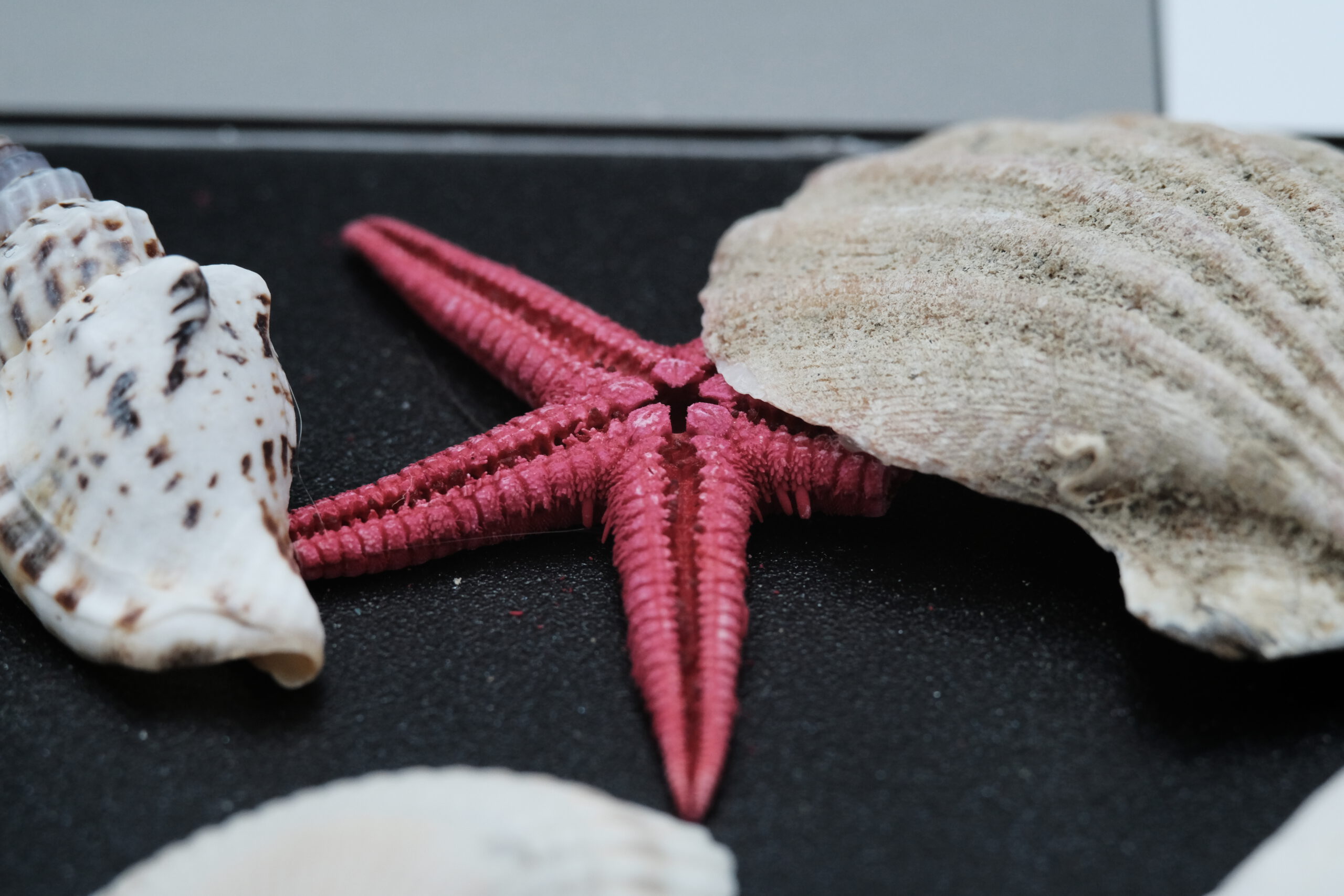
MK I / f5.6 / 1/250 / ISO 1600 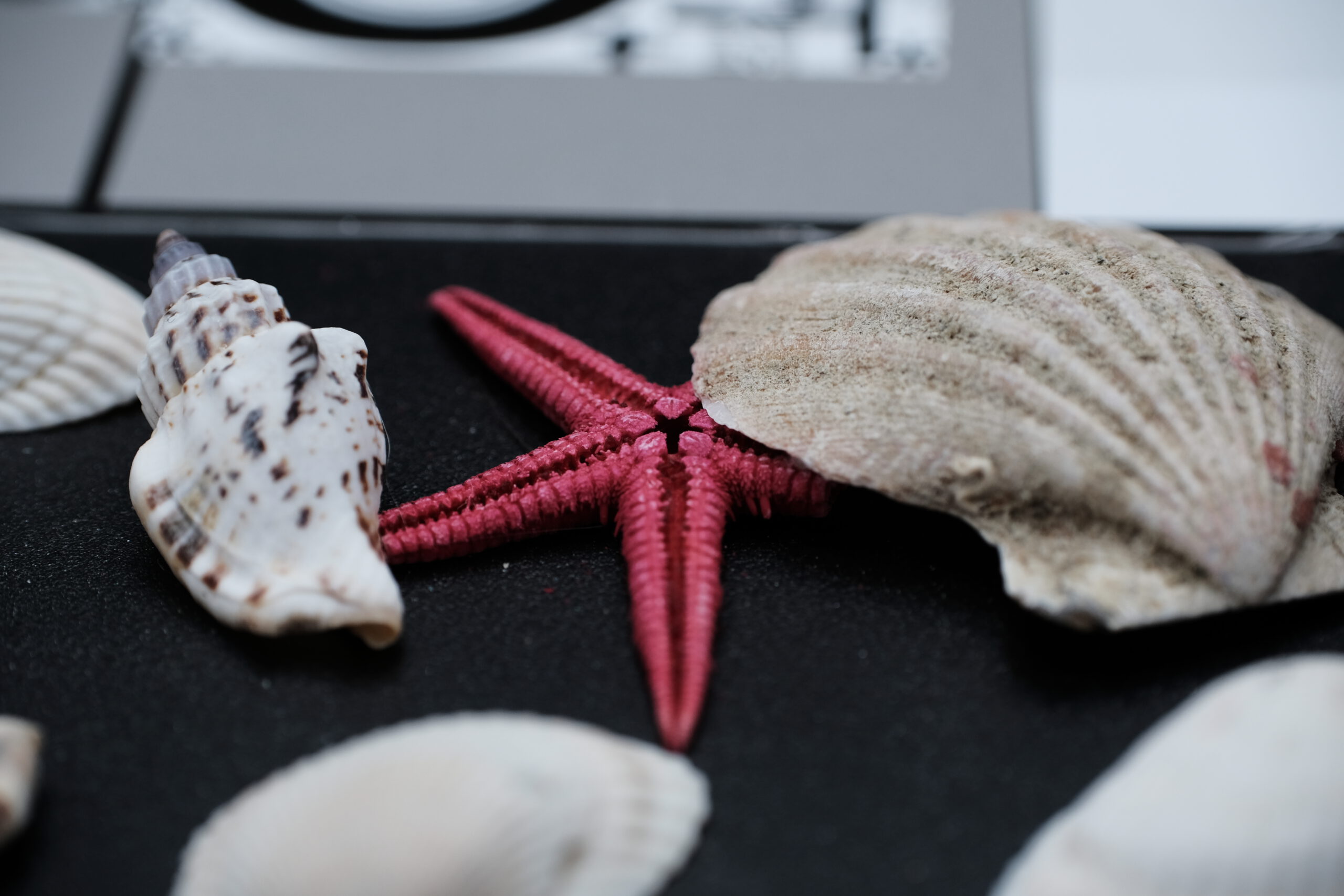
MK II / f5.6 / 1/280 / ISO 400 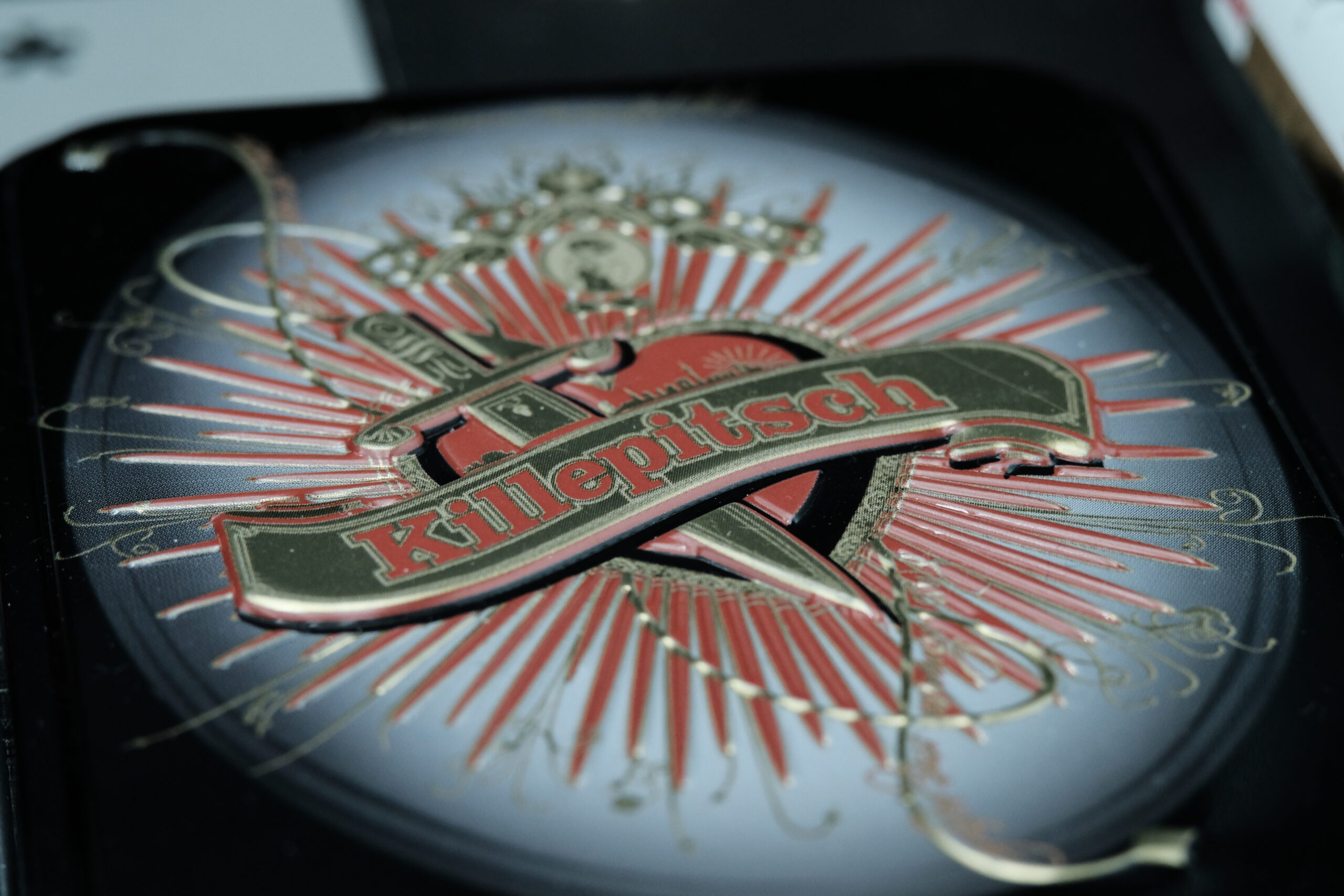
MK I / f5.6 / 1/250 / ISO 1600 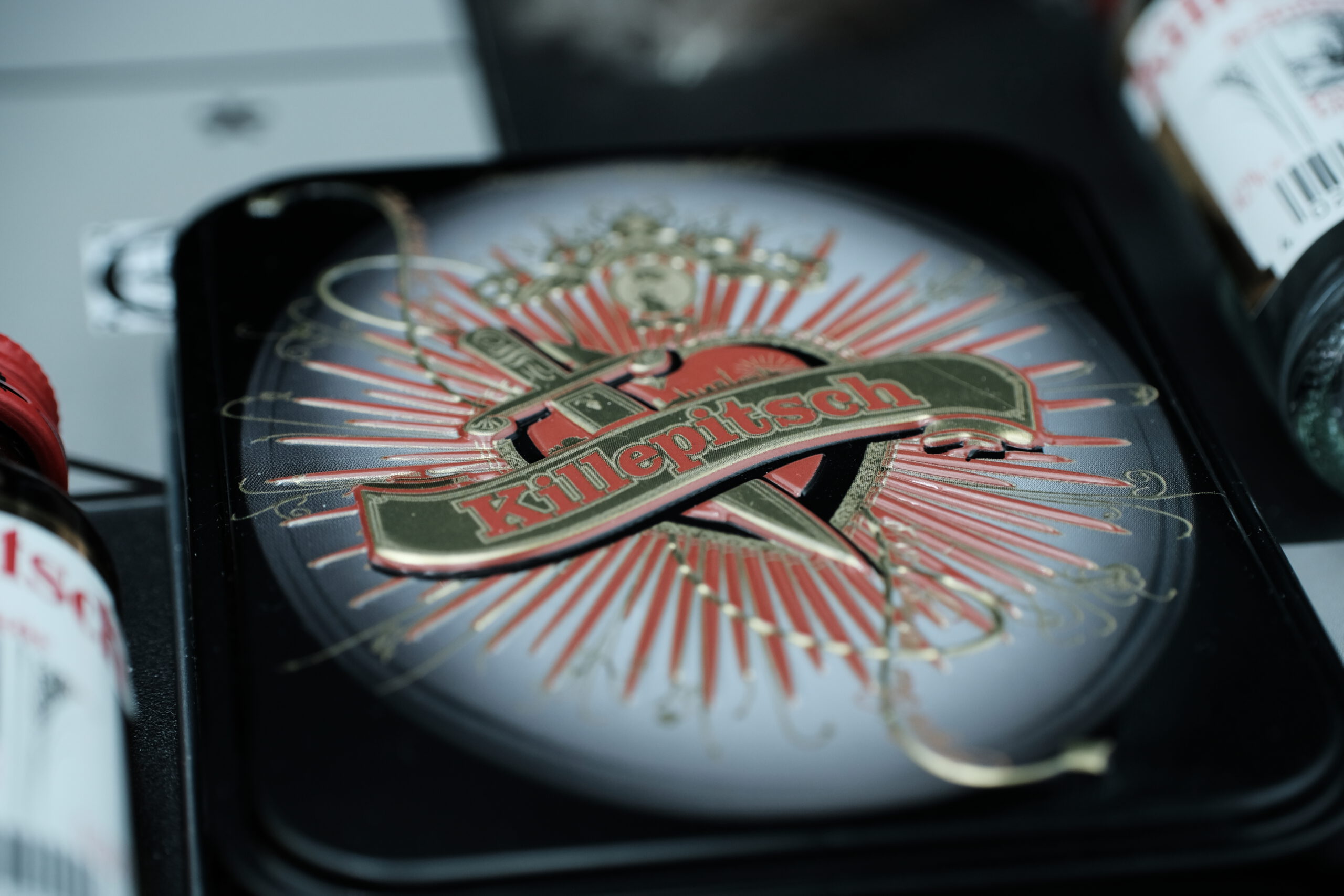
MK II / f5.6 / 1/250 / ISO 500 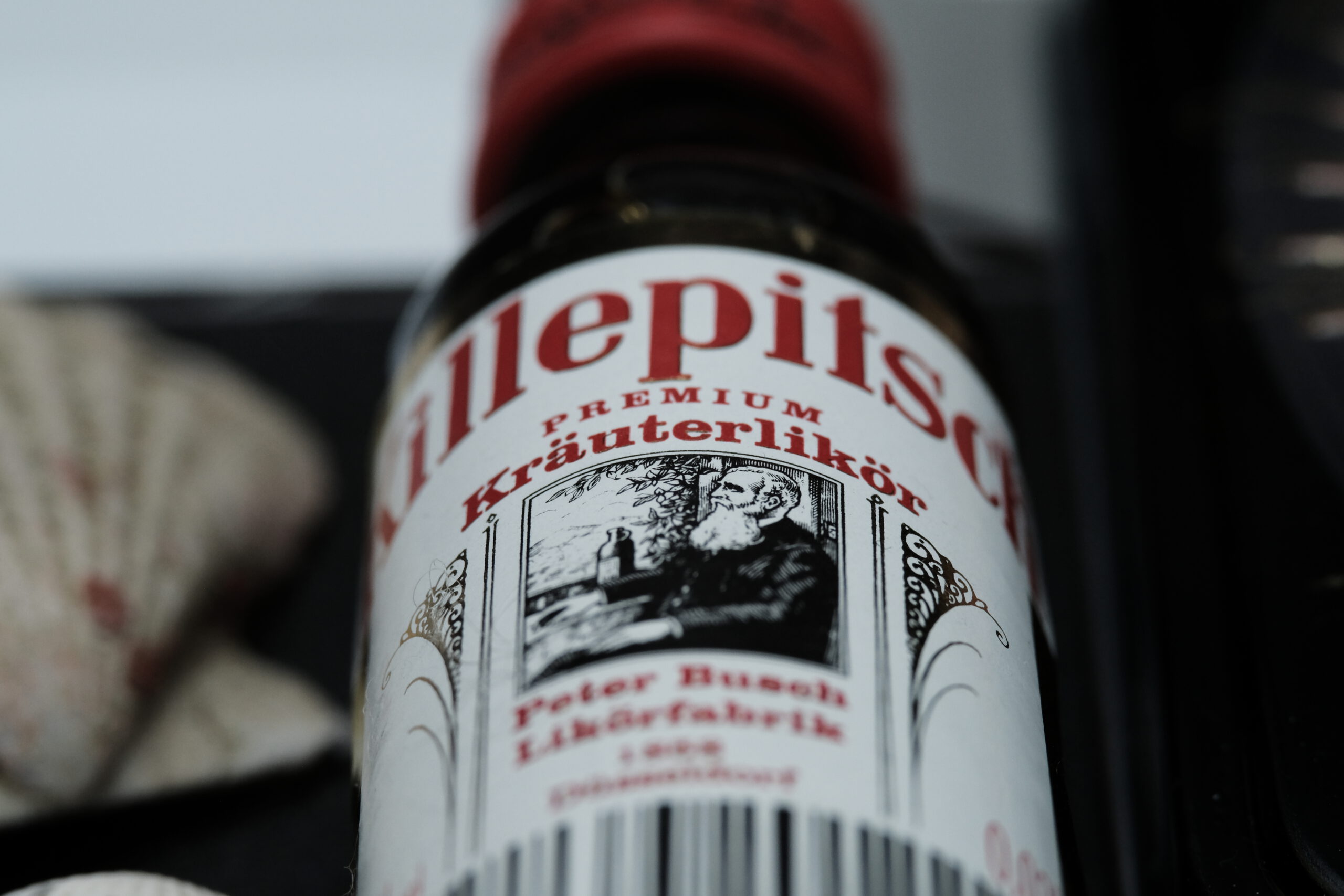
MK I / f5.6 / 1/250 / ISO 1000 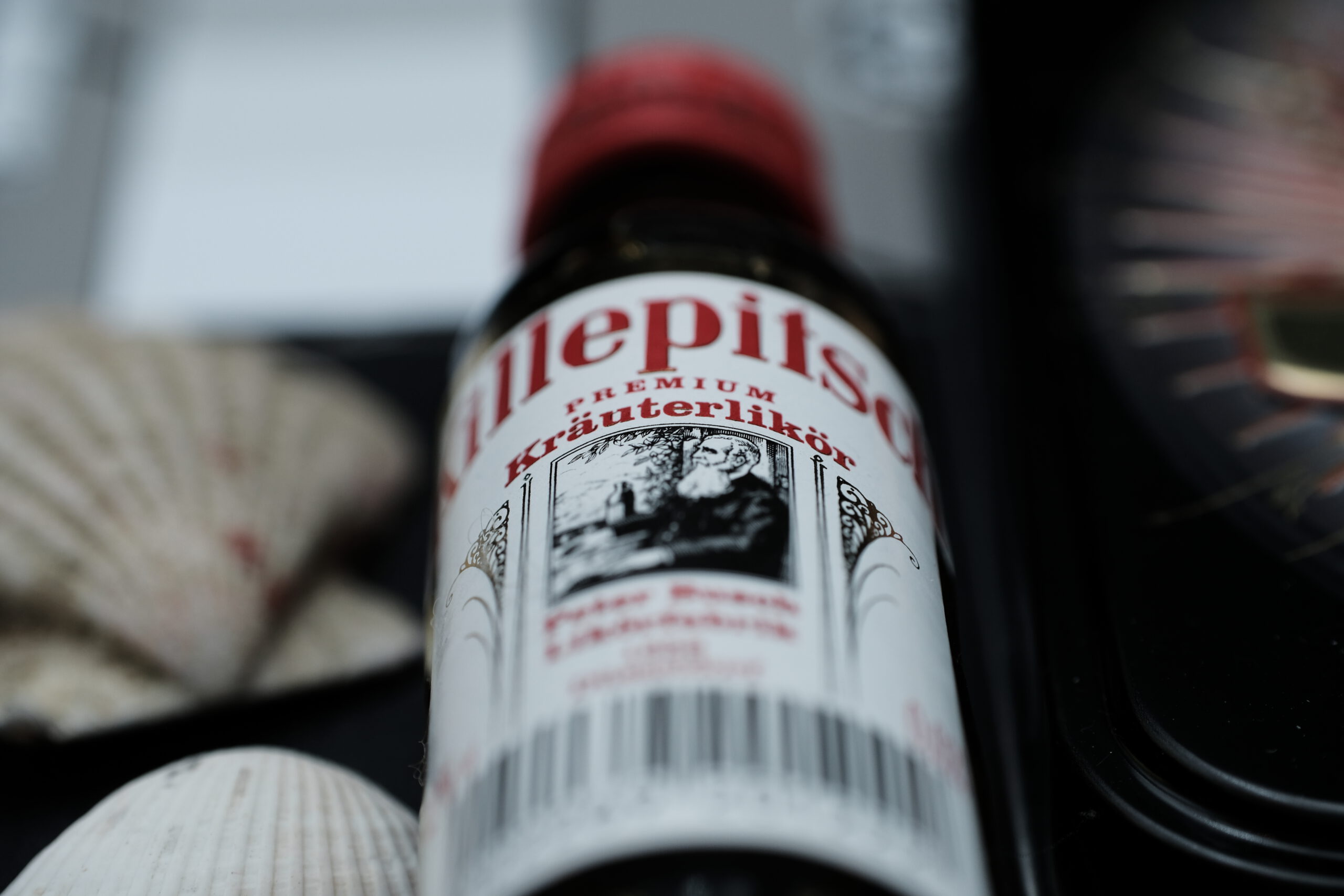
MK II / f5.6 / 1/300 / ISO 400 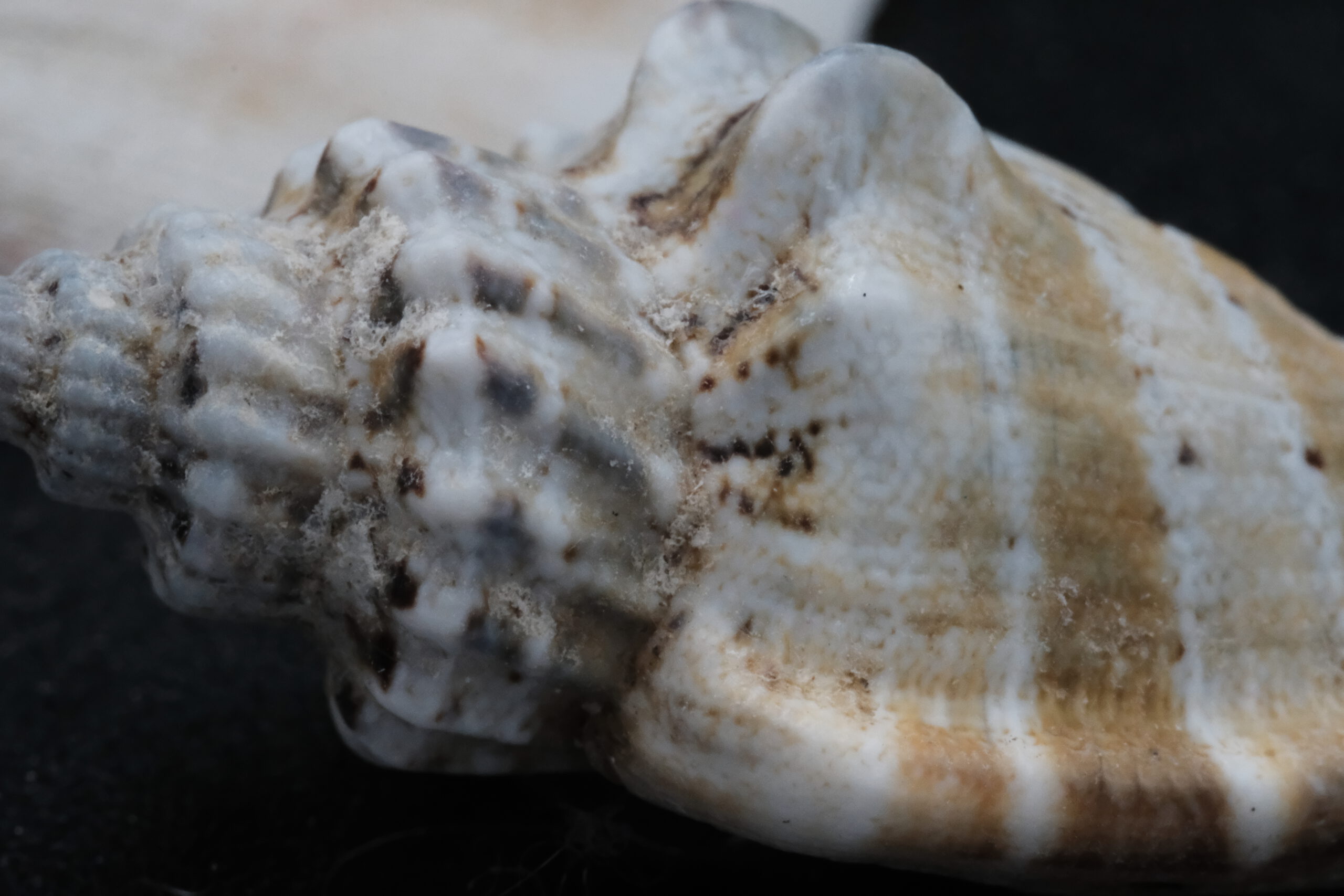
MK I / f8 / 1/180 / ISO 6400 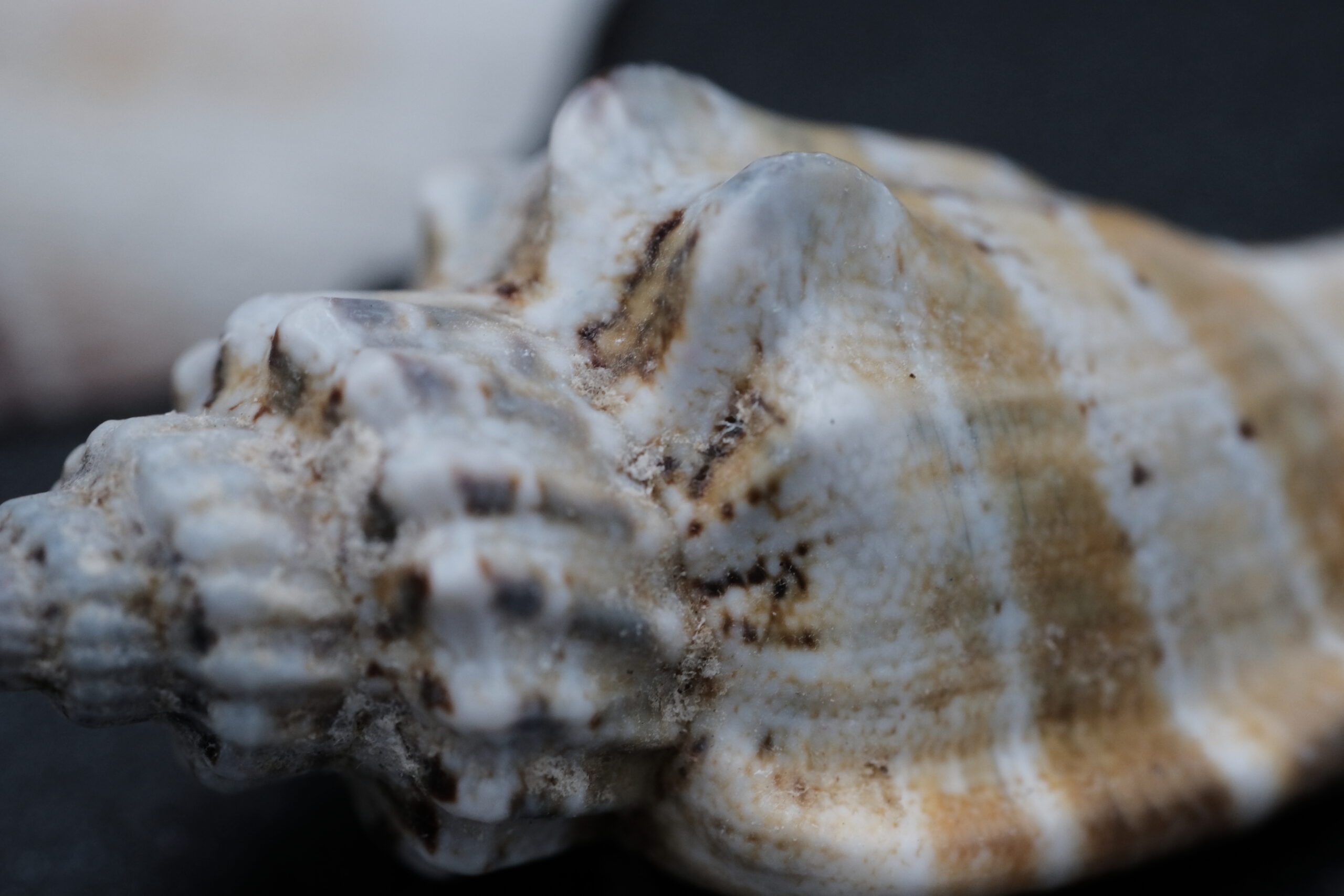
MK II / f8 / 1/250 / ISO 1250
Optical Findings
Well let’s be honest, both lenses are producing very high image quality. The little differences in details, resolution and color rendering, in advantage for the new 7Artisans 60mm f2.8 Macro MK II, might be only coming from the differences in the automatically chosen ISO by the X-PRO2s. What is obviously, the 7Artisans 60mm f2.8 Macro MK I is needing, at the same aperture and shutter speed, more light than the new MK II version and this is represented in higher ISO settings. I believe the reason for that difference in need for higher ISO is coming from the long metal lens hood tube on the MK I which is reaching even further out of the lens, if you use it up to 1:1 magnification. The lens hood is producing a shadow on the object you want to capture in your picture.
The new 7Artisans 60mm f2.8 Macro MK II has been delivered without an original lens hood from 7Artisan. My many years of experience has educated me that on every lens type you can drastically improve the details, contrast, and color rendering if you use a lens hood. It prevents stray light entering from the side and bouncing back from glass to glass within the complete lens system. This little extra portion of light is reducing the image quality even if the most state of the art lens coatings are applied. This is “simple” physics and you all know, it is very difficult to beat physics in real life. Due to that knowledge and my experience I always use a lens hood. (If you choose one out of metal it is also a cheap lens protection. I name this an added value.) Since some years I am fan of vented aluminum lens hoods. They are most of the time even more compact and light weight than the original lens hoods but are delivering very similar results. I added such a vented lens hood to the new 7Artisans 60mm f2.8 Macro MK II when it arrived. This new lens has a minimum focusing distance of 17,5 cm. This is not measured from the front of the lens but from the image sensor. To know precisely where the sensor is placed in the housing most cameras have a marking that looks like the following -o- on the top. From this position which is at a Fujifilm X-PRO2 approximately extra 1,5cm. The calculation is the following: 17.5cm (minimum focusing distance) -1.5cm (sensor distance to the mount) -7.5cm (length of the lens) -2cm (lens hood) = 6.5 cm. Closest you get to the object to photograph will be 6.5cm. The 7Artisans 60mm f2.8 Macro MK I has a minimum focusing distance of 26cm. The calculation is here as following, 26cm (mfd) -1.5cm (sensor to mount) -11.3cm (lens at 1:1) -4.7cm (hood) = 8.5 cm. This calculations are explaining why the compact vented lens hood is a strong advantage or even just needed on the new MK II lens, otherwise you would get to close to the object and you would miss more light. You can see the hood on the first picture showing the two camera/lens setups for this comparison.
Mechanical findings
Both lenses are made of full metal. The control rings for focus as well clickless aperature control are moving smooth and very well damped. It is so much fun to use this manual lenses while you try to capture an object you want on your memory card. The modern digital cameras with their different electronic tools are so much simplifying the use of fully manual lenses. Both lenses have got a premium finish but with one difference, the markings on the 7Artisans 60mm f2.8 Macro MK I seem to be painted, on the MK II version the markings are engraved and than painted. This will probably provide a longer lifetime in daily operation.
The first version of our two lenses in this comparison has got a typical most probably polished stainless steel mount which is a standard for many high quality lenses. You see lately that many first tire brands that are publishing cheap versions of great lenses by reducing the build quality and using e.g. polymer mounts. I want to see those mounts after 1000 lens changes… The new MK II lens has got as the 7Artisans 35mm f0.95 and the also new released 7Artisans 55mm f1.4 MK II a dark grey anodized mount finish. I am expecting that the anodizing process will improve the scratch resistance of the mount and guarantees a very long lifetime with many, many lens changes.
Yes I know, the 7Artisans lenses are not sealed as for example the WR lenses of Fujifilm. But on the 7Artisans 60mm f2.8 Macro MK I, fast movements of the lens during hunting for the right focus point lens creates an vacuum or over pressure in side the lens. This gets even emphasized when I am using the metal tube lens hood. It’s like a hydraulic or pneumatic piston bot those are of course sealed. In an harsh environment, e.g. flower field with many flying pollen, during focusing the change of lens inside pressure can suck/press in this dust which will reduce over time the optical quality. On the new 7Artisans 60mm f2.8 Macro MK II, that has a real IF (Inner Focus, the lens is not changing the length during focusing) this not an issue/risk.
Verdict
Overall the difference in optical quality can’t lead you to a decision which of this lenses you should buy and use. We need to find other decision making facts as for example size and weight of the lenses. The MK I is 11,3cm long and has a diameter of 6.3cm, the complete package has a weight of 550gr. The MK II is 7,5cm long and has a diameter of 5,2cm with a weight of 334gr. This is certainly a first point for the the new 7Artisans 60mm f2.8 Macro MK II as one of the reasons why I changed from the great Nikon D4 to a Fujifilm X-PRO2 has been the size and weight in my bag during my business travels around in the world.
Also the fact that the new MK II lens has got a real IF (Inner Focus mechanism) and is not that sensible for collecting all kind of dirt and dust inside the lens as it could happen on the MK I if you are not careful, adds a point for the new 7Artisans Macro lens.
Even so, in my tests it seems that the long metal lens hood of the MK I lens is creating some shadow and forces to higher ISO, having more free space between lens hood and targeted object is a clear plus point compared to the MK II lens. If you are into wild life imaging it will help to stay out of the escape distance of bugs, butterfly’s and many other insect for example.
By the way, this test has also proven once again how great the sensor of the Fujifilm X-PRO2 is performing with focus of generating low noise from ISO 100 to 6400. This will be a much bigger issue on other brands cameras that are not using the fantastic X-Trans III CMOS sensor.
My final summary, just looking to the count of points, “the winner is: 7Artisans 60mm f2.8 Macro MK II”.
Between the lines, If you want to buy your first 7Artisans Macro lens, go for the new MK II, outstanding value for the money paired with highest build quality and optical results. If you have the first 7Artisans 60mm f2.8 Macro MK I, I am not sure that you need to change as also this lens is build solid as a rock and delivers highest IQ. At the end it is of course your choice, I have listed some points that are important to me but I am sure you will find many things that matters you.
I am looking forward to your comments on my comparison and also those reflecting your opinion on this two great lenses from 7Artisans.
Friday, 04. June 2021, ©Malte Schlüter
Nice physic lesson.
Great, the different viewpoints, they will differentiate from other reviews.
Thank you Malte for the complete and easy to follow review of the macro lenses. I too obtained recently the 60mm MkII from the 7artisans official store. The lens is cheap for the quality it offers but the sad story is that I had to pay for customs clearance almost 100 Euros. Even at that final cost the lens is excellent value for money. I will use it and share photos in the near future.
Really good explanation. Best review so far for both lenses.
Good, accurate review. The difference in light gathering ability is at least partially due to the huge difference in optical construction. Just as macro tubes reduce light gathering, so does the extension of optical elements. With the new internal design keeping the outer element in place, the light loss at full 1:1 magnification is much less.
I have a screw on 49mm Sioti metal hood that accepts a firmly placed 58mm pinch cap. The addition is still so small (but very effective) that the hood stays on at all times. Other than the small Scioto inscription, you’d think hood was a perfect match designed for the Mk II.
Thanks for the review! Why are your photos at different scales? Pictures taken with Mark1 have a higher magnification than Mark2. Why? Mark1 has a higher magnification factor? Lenses have different minimum focus distances. I believe that photos from Mark2 should be larger. But your test shows otherwise. Why?
Hi Sergey,
Thanks for reading my blog.
Both lenses have a max magnification of 1:1.
I was lazy and I shot this pictures out of the hand and did not use a tripod. The test has been the IQ not a magnification test. But this is a very good point. I will add a test were I compare the magnification of both lenses.
Looking forward for more feedback from you.
Greetings
Malte
How about using them for film copying? Will they be similar?
Thanks
Jonathan
Hello Jonathan,
As the optical quality is very similar I guess there will be no big difference between the lenses.
Greetings
Malte
I’m sorry but this is a completely pointless “comparison”. Each photo with MK1 is taken with much higher ISO, the parameters don’t even make any sense – same shutter speed, same aperture, ISO 2-3 stops higher. Half of that loss of sharpness is due to grain, ISO 1250 vs ISO 6400 will always show fewer details when compared side by side.
Thanks K for your qualified feedback.
Fact is, that the images are made with the same lightning setup. Even with the same aperature, to collect the same light on the sensor on the MK I Marco Lens a higher ISO was needed. Yes there might be more noise due to higher ISO but this is te reality if you want to use the MK I lense compared to the MK II. Also please keep in mind on the Fujifilm Sensors between ISO 200 – 1600 no big difference in grain and details can be seen.
I am looking forward to more feedback from you.
Kind regards Malte